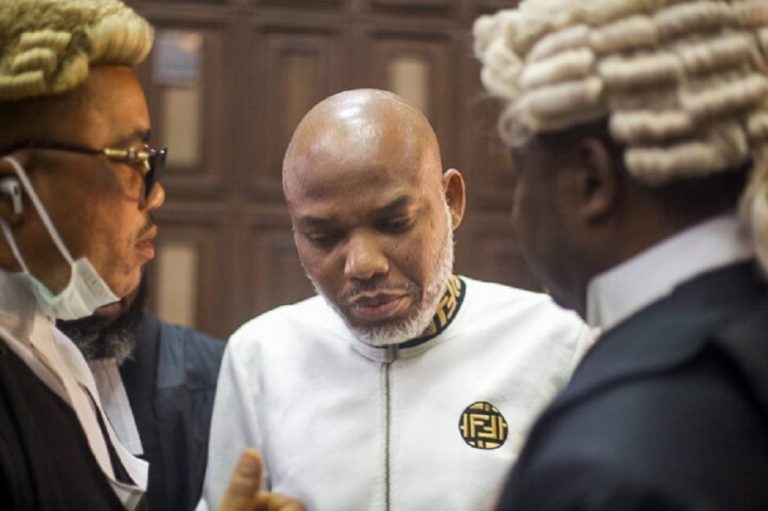Finnish President Sauli Niinisto and US Secretary of State Antony Blinken will attend a ceremony to raise the Finnish flag at NATO headquarters in Brussels, marking Finland’s accession as the 31st member of the Western alliance. Finland shares a long eastern border with Russia, and its formal application to join NATO with Sweden last May came after both countries adopted a policy of non-alignment. However, Russia’s invasion of Ukraine prompted a surge in Finnish public opinion toward joining NATO. Sweden’s application has become stuck, with Turkish President Recep Tayyip Erdogan accusing Stockholm of embracing Kurdish militants and Hungary yet to approve Sweden’s joining. NATO will now have seven members on the Baltic Sea, further isolating Russia’s coastal access to St Petersburg and its small exclave of Kaliningrad.
The accession of Finland to NATO is a setback for Russian President Vladimir Putin, who had repeatedly complained about NATO’s expansion ahead of his full-scale invasion of Ukraine. Russia’s length of the border with NATO member states has now doubled. The move by Finland and Sweden to seek protection under NATO’s Article Five follows an increasingly belligerent Russian military. Russia’s Deputy Foreign Minister, Alexander Grushko, has warned that if Finland’s new NATO allies deploy forces or resources there, Moscow “will take additional steps to reliably ensure Russia’s military security.” However, NATO’s Secretary-General has said that the alliance has not yet seen any changes to Russia’s nuclear posture.
Finland’s road to accession has been under a year, and it will formally join when Foreign Minister Pekka Haavisto hands over accession papers to US Secretary of State Antony Blinken. This is a historic day for NATO, and the alliance expects a seamless transition of Finland into its proper seat at the table, said the US ambassador to NATO, Julianne Smith. She expressed the hope that Sweden would also join at the next NATO summit in Lithuania in July.
Source: BBC







